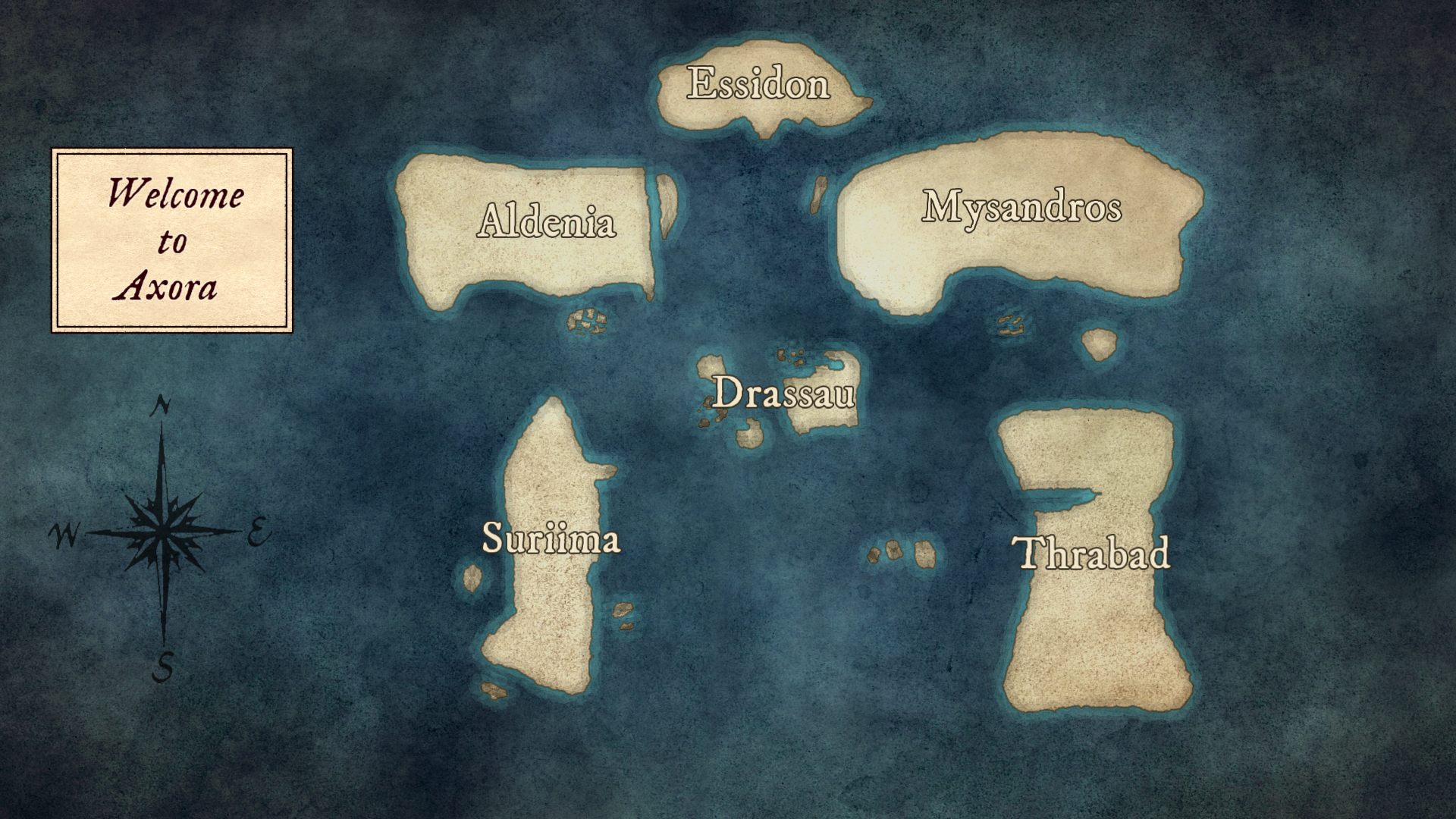Arneson's Guide to Flora and Where to Find Them
First Edition
Wilfrid Arneson was a renowned botanist who operated in the years shortly after the conclusion of the Cataclysm War. 'Arneson's Guide to Flora and Where to Find Them' was first published in 98PC, when Arneson was in his early 60s. It was the ultimate collection of all his prior works, which had been published over the course of his four-decade career up to that point. His work was well-received, largely because it had been a long time since anyone had published such a tome in that field but also due to the effects of the Cataclysm War, previous works would have been somewhat outdated regardless. The book has been republished several times in the centuries since and it remains the definitive guide for the time being.Contents
A-F
Aloe Vera
Found: tropical, semi-tropical and arid climates. (Maressa, Suriima and Thrabad in their entireties). Uses: useful burn soother.Bluebell
Found: most varieties in Messendea, with a relatively common variety - arguably the quintessential variety in regards to appearance - found across Aldenia. Uses: entirely ornamentalBurdock:
Found: largely across Aldenia and parts of Mysandros Uses: the various parts of the burdock plants are uses in different ways in cooking. A notable uses is in within conjuction with dandelion to provides a specialty drink in some parts of AldeniaChamomile
Found: originally Hantau, but spread across Mysandros as a whole and Aldenia through other means. Uses: primarily aids digestion, soothes upset stomachs.Coriander
Found: typically the warmer areas of Mysandros, but capable of being grown outside its native as long as its not too cold. Uses: cooking herbDandelion
Found: Aldenia and the more temperate regions of Drassaua and Mysandros Uses: cooking, edible, yellow dye, fun (in its seedhead form).Elderbloom
Found: solely in the Grove of the Ancestors Uses: none by itself, but enhances other concoctions when mixed with them (i.e. used in healing potions to make them more potent).Feverfew
Found: Temperate regions. Primarily western Aldenia. Uses: anti-fever medication.G-Q
Hawthorn
Found: a vast array of varieties exist, though largely in temperate regions but existing across the world as it is highly adaptable. Uses: the fruits of the hawthorn bushes are uses for culinary purposes, as can the leaves and flowers. Ornamentally, the plant is used in hedging. The wood of the hawthorn is known to be tough and resistant to rot, which makes it useful for tool-crafting and in fences (or any wooden structure used outside).Omen Poppy
Appearance: this variety of poppy is notable for its purple petals and spiky-in-appearance leaves (they are not actual spines). Found: the Vale of Omens in Messendea Uses: similar to the myths surrounding the vale itself, supposedly mixing Omen Poppy seeds into a tea would provide you with prophetic dreams. The seeds, however, like most poppy varieties are useful as pain relievers. The strength of the Omen Poppy's is likely a contributing factor towards the superstition. Seeds also can be used to create poppy oil, but more common varieties are used for this.Parsley
Found: temperate regions, though also sparingly in sub-tropical and tropical regions also. Uses: cooking herb.Pepperweed
Found: temperate regions, any. Uses: its leaves are an insecticide, the pods contain peppercorn-like balls that have the same properties as actual pepper, just weaker. Useful in cooking.Poppy
Found: all over the continents of Aldenia, Mysandros and Drassau, with varieties of different rarities. The most common of which could not be called common in general in the wild, but do tend to appear as patches or natural fields. Also some varieties are farmed for their uses. Uses: both ornamental and useful. The seeds in particular have various uses. In some varieties, the seeds can be utilised as pain reliever, but also crushed - like many other plants - into an oil, to be used for cooking. The pain relieving quality is typically not present in the oil due to the timeframe in which the seeds are picked (the effect dissipates the later the seeds are picked after blooming).Primrose
Found: temperate regions, any. Uses: oils made from primrose have many supposed benefits, though confirmation of those is lacking. The only one with evidence is that it acts as an anti-inflammatory.Queen's Rose
Found: rare in the wild, but in the vicinity of Dawnstone. Uses: largely ornamental due to its rarity, but also provides the strongest rose-flavour for culinary purposes.R-Z
Sun Daisy
Found: temperate regions with high levels of sunlight access. Uses: by itself, can be mashed into a salve to treat wounds. When mixed with other ingredients and magic, can form the basis of healing potions.Zarene's Embrace
Found: according to history, native to the Grove of the Ancestor but due to its usage, it has spread across the world in various forms. Uses: introduced into the recently deceased to preserve their bodies for a short time
Medium
Paper
Authoring Date
98PC



Comments